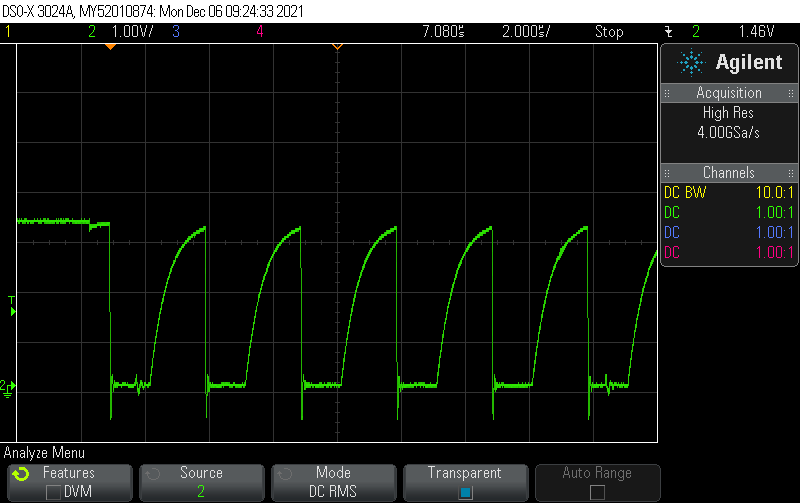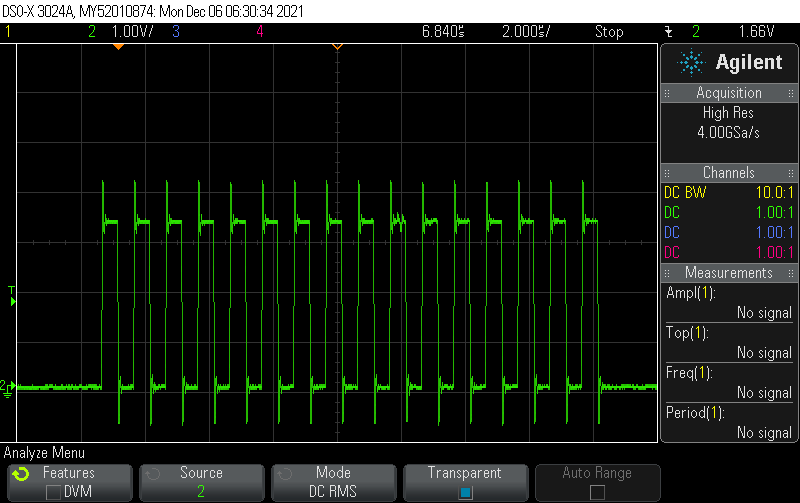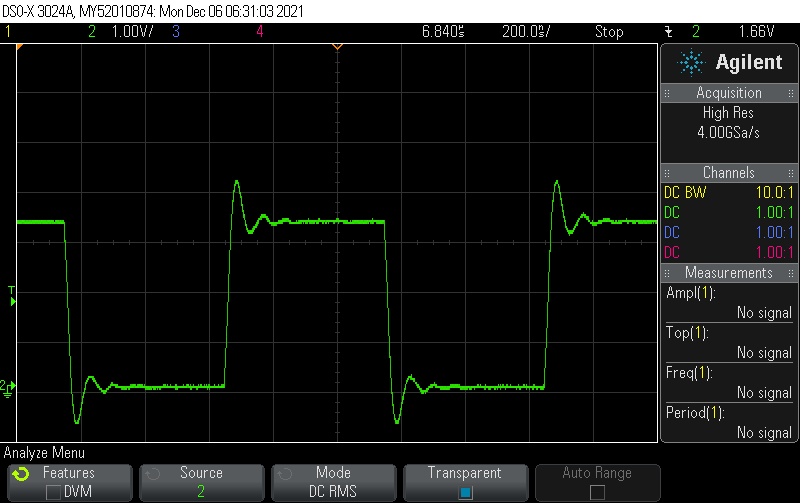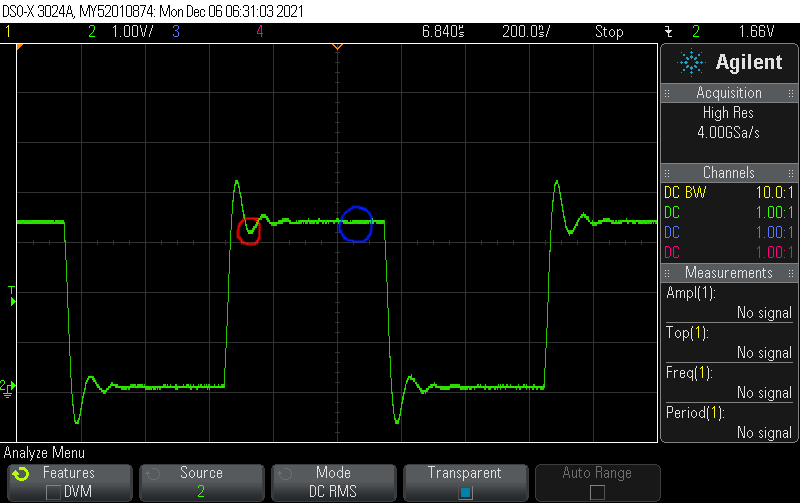SELV means Safety extra low voltage.
This means that
- the voltage at the output of the power supply is so low that is isn’t considered a safety risk (less than 60V DC or 35VAC).
- the secondary side is isolated from the primary side by double or reinforced insulation, so that the output terminals can’t become electrically dangerous by short-circuiting to the primary side (which is connected e.g. to 230VAC mains)
- the secondary side is isolated from earth so if there are faults in other devices connected to the same earth conductor, the output of the SELV power supply can’t get unsafe.
What does 60V DC mean in practice?
Typically the 60V value is defined as ripple-free DC. This means that the peak value of the waveform is not more than 10% higher than the maximum allowed voltage, e.g. it must not be more than 70V for a 60V system.
For 35VAC, the peak value has to be considered.
The values are typically measured across a 50kΩ resistance, refer e.g. to IEC61347-1 Annex A (the standard for safety of power supply for lighting purposes).
What does double or reinforced insulation mean?
This is an insulation that is so thick that even under extreme, abnormal conditions (like power surges due to lightning) it will not cause a discharge through the isolation.
This can be achieved by either using double insulation, which is just two layers of basic (non-reinforced) insulation, or using a much thicker type of insulation, reinforced isolation. In almost all cases, using reinforced isolation is more economical than using double insulation.
While this depends on the material, typically 0.4mm of insulating plastic foil is sufficient to count as reinforced insulation, however most standards require the insulator in use to be tested for its safety.
Can the primary side be connected to Earth?
Yes, the primary side may or may not be connected to Earth (as a third conductor). As long as the secondary side is not connected to earth, this does not affect the SELV rating, however note that this might have other implications since a power supply with primary connected to Earth is a Class I power supply whereas a power supply without any Earth connection is a Class II power supply.
There are many differences in how Class I and Class II power supplies are treated, so you need to check your applicable standards for details.



